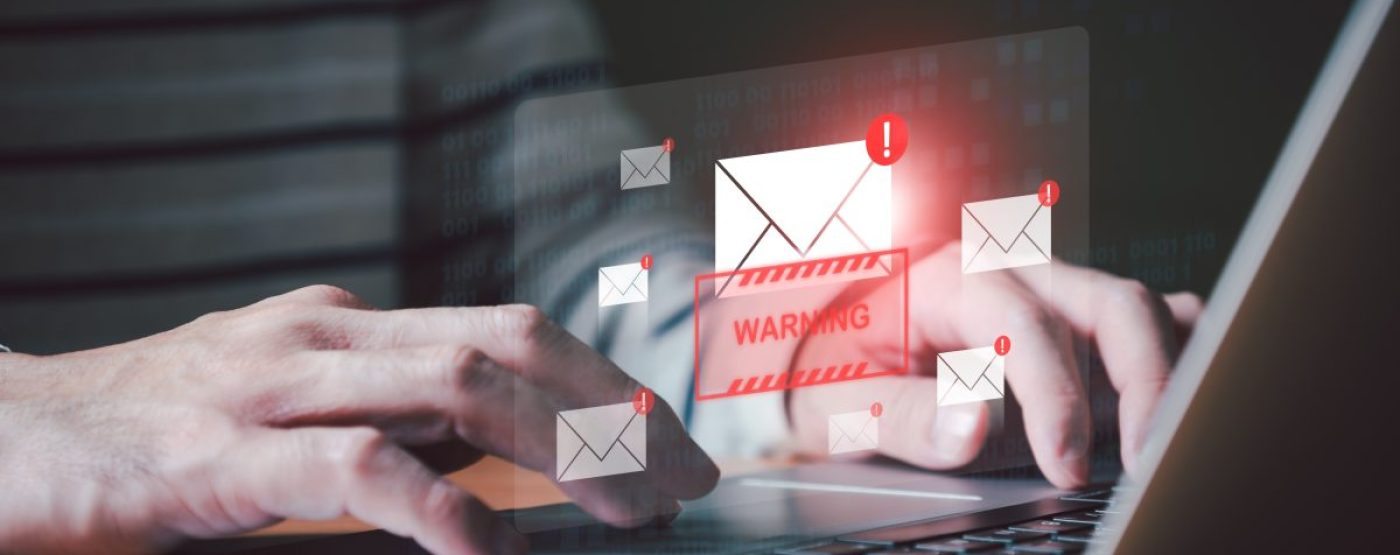 09 September 2024
09 September 2024

In modern society, email is a crucial form of communication and being able to identify phishing emails is a necessary skill for both individuals and companies. The threat of phishing attacks, which aim to defraud as well as steal very sensitive information, is a constant and developing threat.
This article is going to provide you with various strategies to stay away from falling victim to these deceptive emails and recognise the individuals behind them.
Understanding Phishing
In digital communications, phishing is the deliberate effort to steal confidential information such as usernames, passwords as well as credit card numbers by impersonating a trusted source. This includes using manipulative tactics to compel users to disclose sensitive information, access dangerous attachments, or click on harmful links.
Phishing emails frequently appear genuine, imitating well-known brands, banks, or government entities. These emails often employ authentic logos, templates, and individual information to appear trustworthy.
You can use computer monitoring and management to detect suspicious activities in your IT infrastructure before they reach your inbox.
The Impact of Phishing
- Identity Theft: Phishers may use stolen personal information to open accounts, apply for loans, or commit crimes in their resemblance.
- Financial Loss: These scammers can get into banks, credit cards or online payment systems and make unauthorised transactions and thefts.
- Data Breaches: For businesses, customer data, trade secrets or intellectual property could be exposed in a successful phishing attack that damaged their reputation or causes legal trouble.
- Malware Infections: Clicking malicious links or opening infected attachments may install malware on the victim's device and allow attackers to gain control or steal information.
How to Identify Phishing Emails
- Email address of the sender: Verify the email address of the sender with care. Phishers frequently use fake email addresses, but with subtle differences. They may substitute "rnaisanceUK" for "renaissanceUK" for example.
- Common Greetings: You should be cautious about using generic salutations such as "Hello user" or "Dear Customer." Emails from legitimate organisations often feature your name or account information.
- Immediacy or Threat: Emails sent via phishing often evoke an urgent or anxious feeling. Your personal data may be in danger, your account could be breached, or you may be missing payments. Such tactics are rarely employed by legitimate organisations.
- Suspicious Links: Move your cursor over the links (without clicking) to view the real URL. Phishing emails might contain links that appear to be authentic, but actually lead to harmful websites. Search for small spelling errors and unusual website addresses. Making use of a Business Antivirus Solution can protect your devices from malware and stop harmful links from causing infections.
- Attachments: Items or documents that are connected or appended to a main document or email. Be cautious of any unexpected attachments, particularly if they are from unfamiliar sources. Malware or viruses can be present in these. Always run antivirus software on attachments before opening them.
- Incorrect grammar and spelling: Grammatical and spelling errors are frequently found in phishing emails. Professional writers and editors are typically employed by legitimate organisations to ensure high quality content.
- Asking for personal details: If an email directly requests sensitive information, be cautious. Reliable organisations will usually offer secure web sites for this kind of requests or point you to their official site.
- Uncommon sender or topic: If you get an email from someone you don't know or with a strange subject matter , be careful when opening it. Phishers may employ captivating or sensational topics to capture your interest.
- Falsified websites: False websites often mimic legitimate ones created by phishers. Make sure to review the URL closely and verify that it has a secure connection (https) and a valid security certificate.
- Unsolicited offers: These are the offers that are made without being requested or sought after. Don't trust prizes or offers that you did not ask for. Scammers often employ enticing deals to convince people to disclose personal information or click on harmful links.
Protecting Yourself and Your Organisation
- Regularly train and inform employees. Be aware of risks and how to spot phishing attempts.
- Use robust email filters & spam detection tools. These can block suspicious emails before they reach inboxes.
- All accounts should be enabled with multi-factor authentication (MFA). This further protects against attackers gaining unauthorised access.
- Use secure email protocolslike SPF, DKIM and DMARC. These technologies verify that the email sender is real and reduce phishing risk.
- Maintain updated software, including operating systems and antivirus applications.
- Often updates include security patches for known flaws. Relying on a proactive IT Service Desk means updates and security patches are applied to all devices consistently.
- Have employees report suspicious emails. Analyse and block phishing attempts promptly.
- Back up important data regularly and store it securely. If phishing does succeed, backups can dampen the blow.
Conclusion: Stay Vigilant, Stay Secure
Phishing emails are dangerous to individuals and businesses - but knowing the warning signs and taking protective steps can reduce the risk. Watch your email addresses, avoid suspicious links and attachments, and be wary of unsolicited offers or urgent requests.
Strong email filters, regular employee training and current security measures are necessary to protect against phishing attacks. Be proactive and use these best practices to protect your personal information and organisation from harm.
